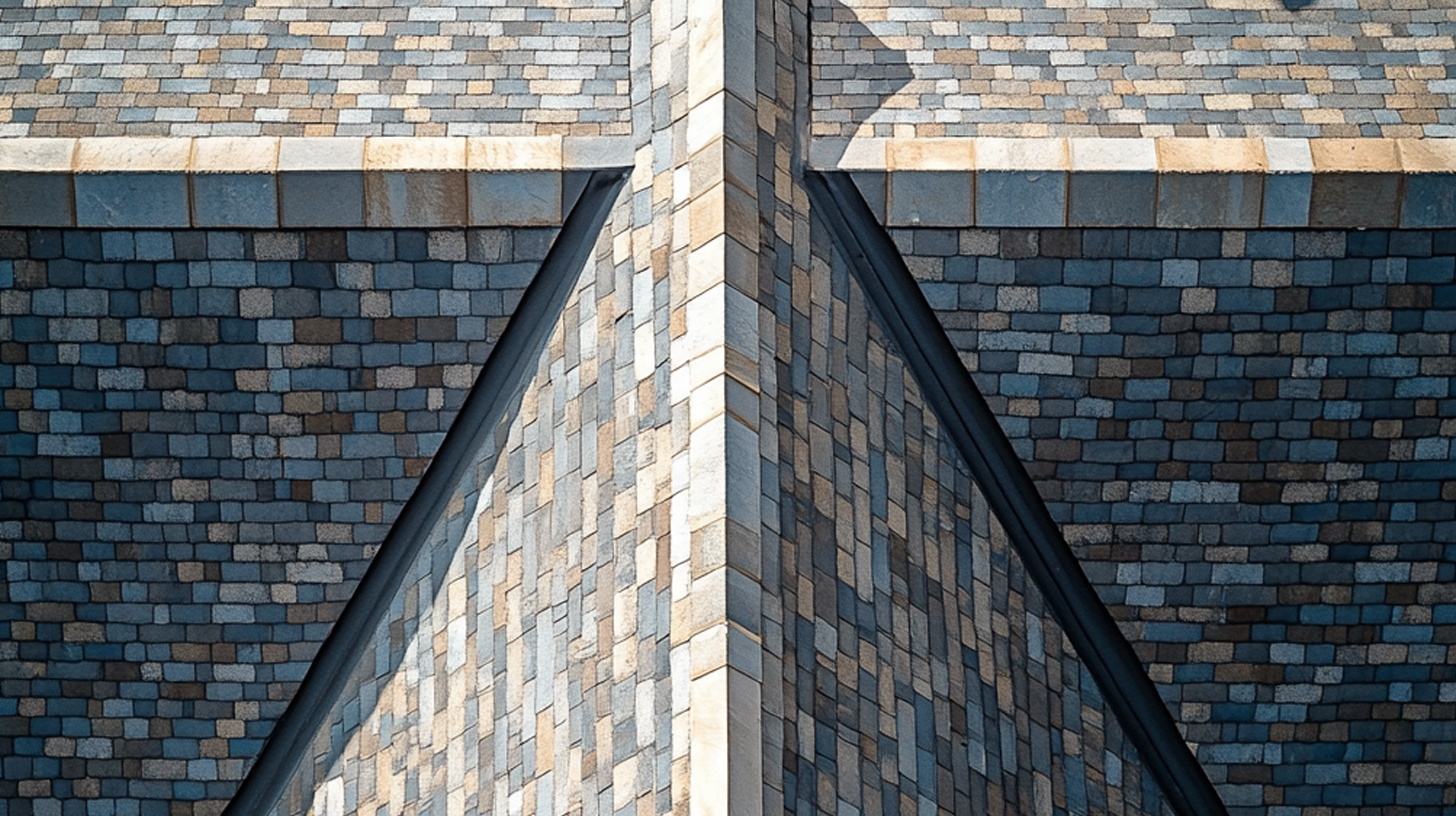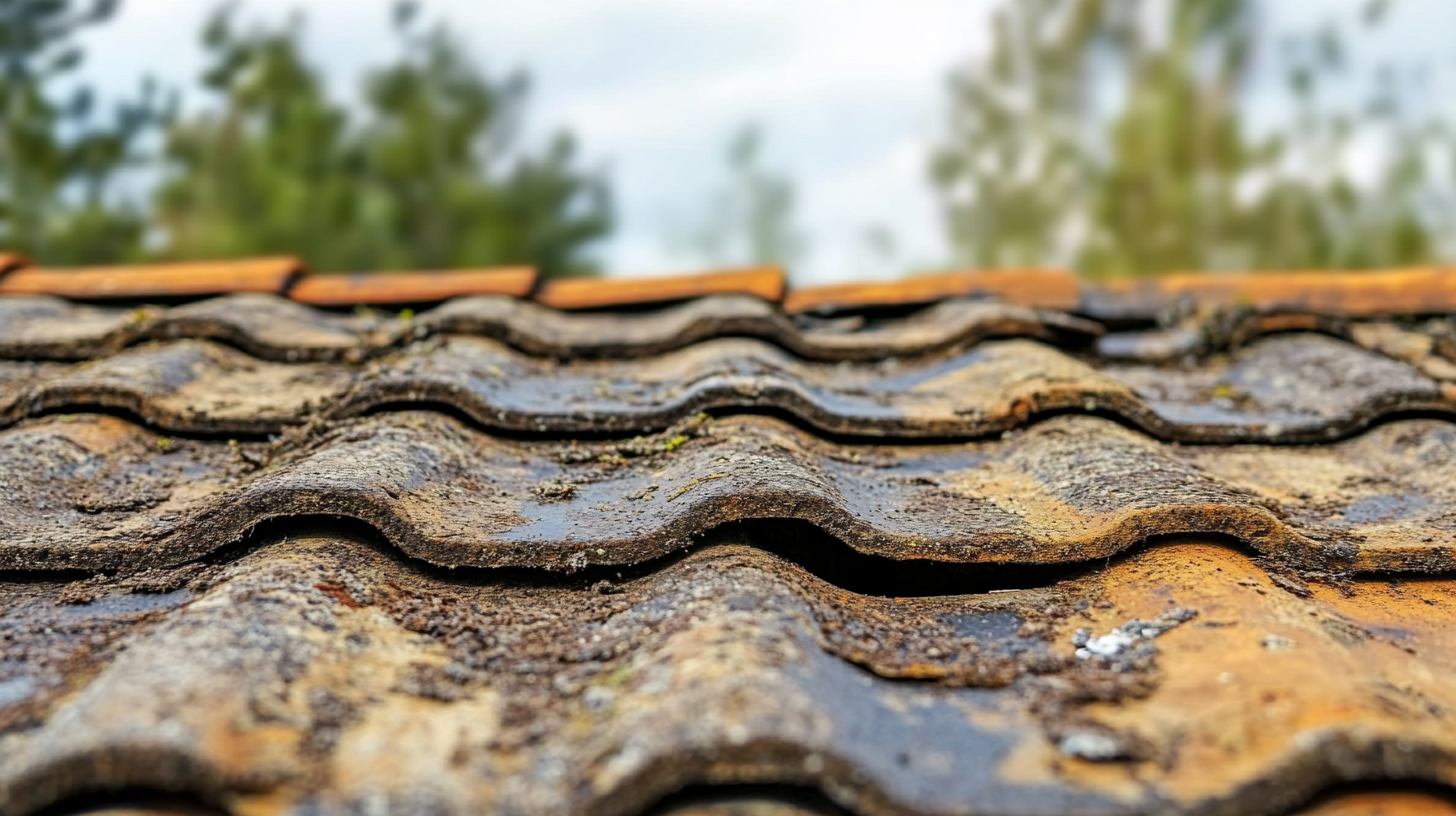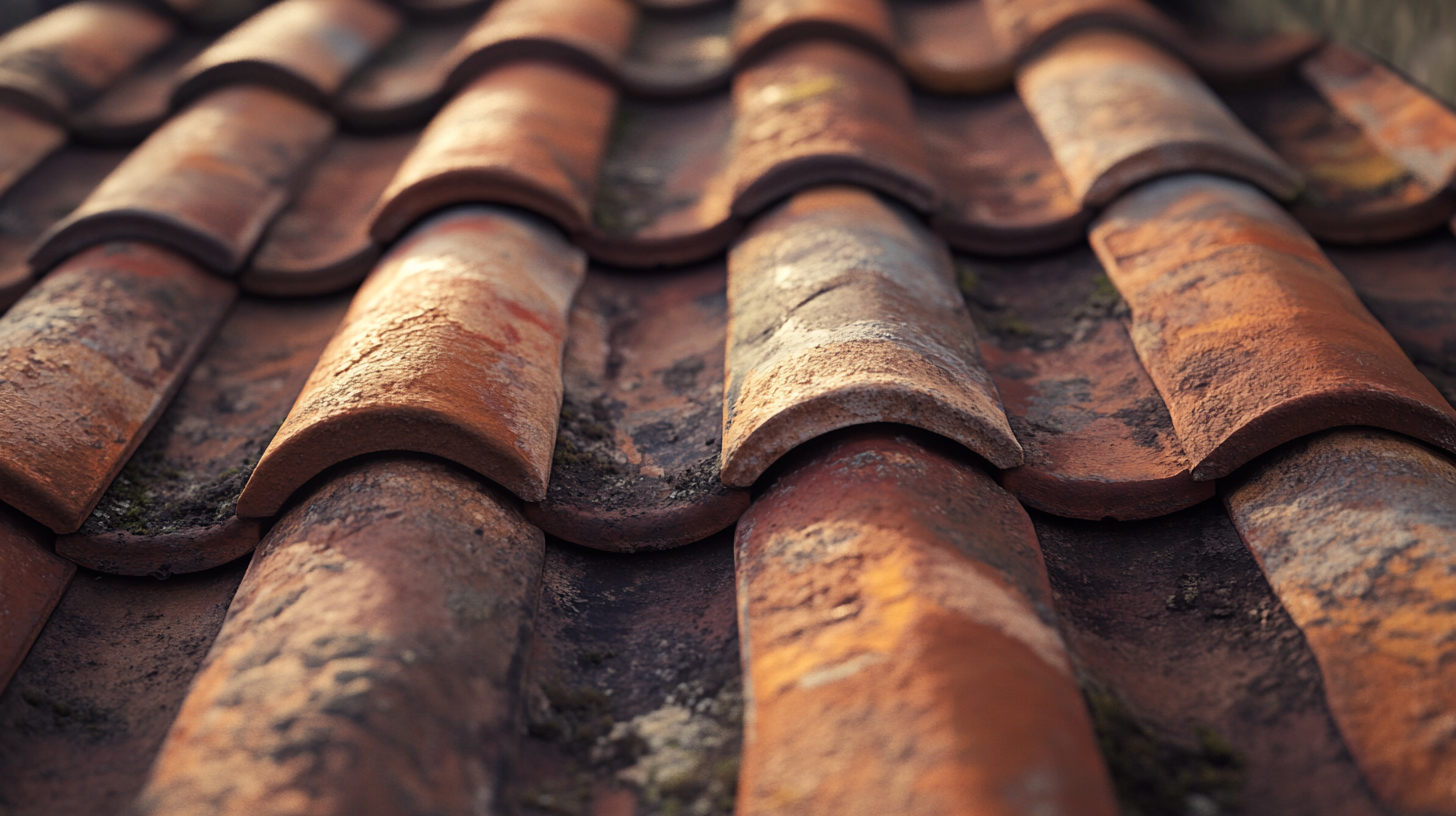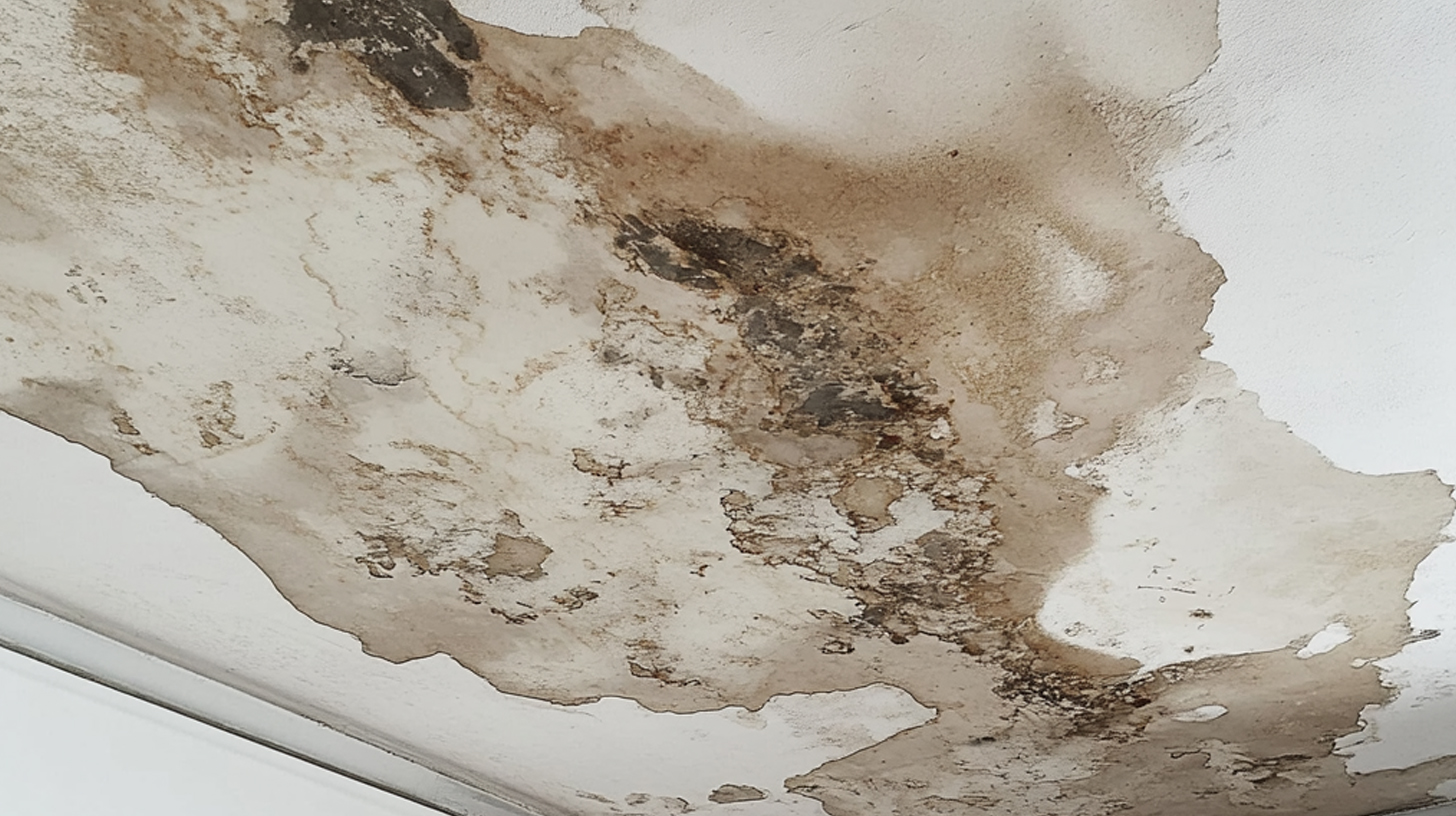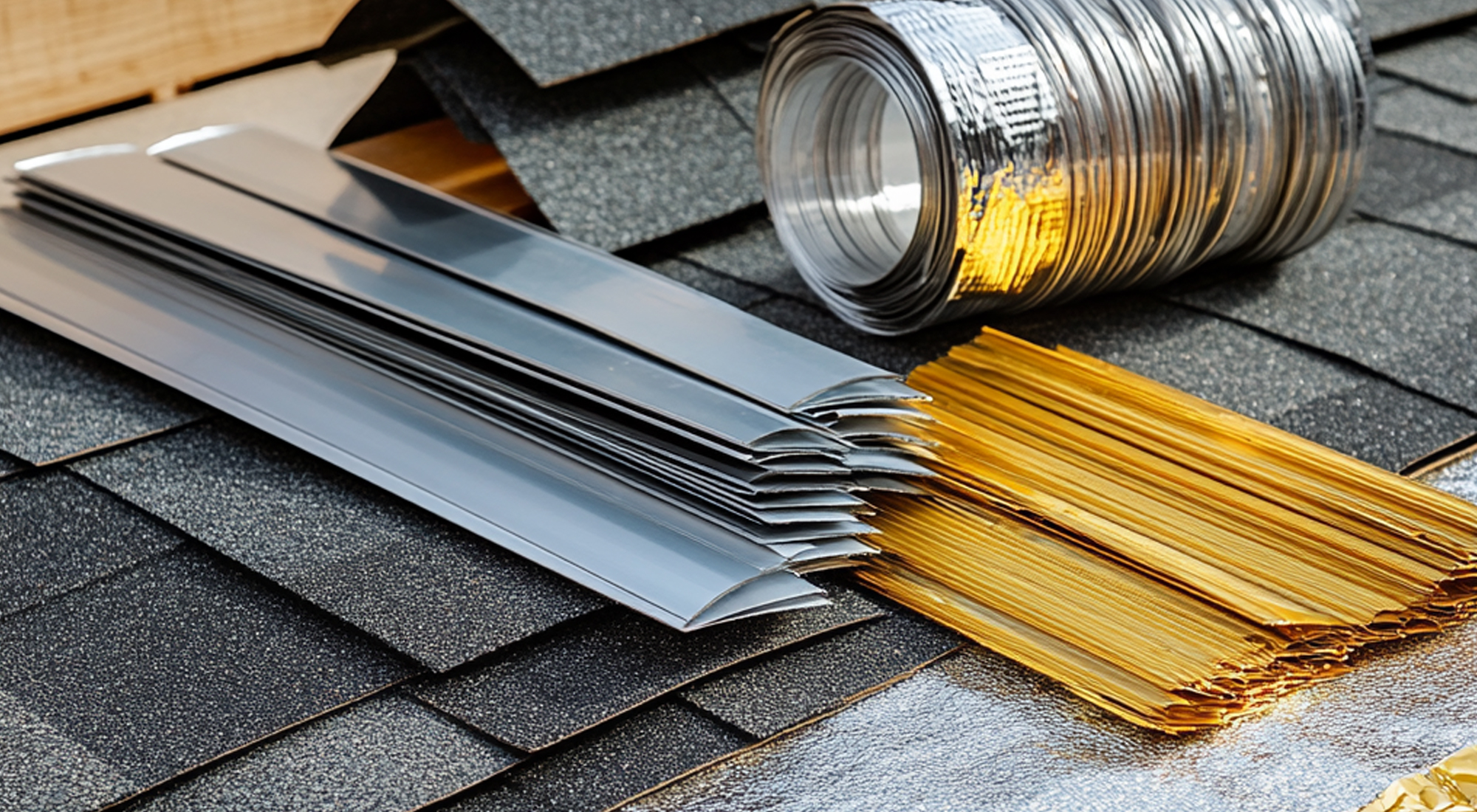When it comes to home maintenance, the roof often stands as the first line of defense against the elements. Understanding the importance of timely roof replacement is crucial in preserving not only your home’s structure but also its value. Roofs have a finite lifespan, typically ranging from 20 to 30 years depending on materials and environmental conditions. However, regular roof maintenance can extend this lifespan and ensure that any potential issues are addressed before they escalate.
The importance of roof maintenance cannot be overstated. Regular inspections help identify signs of wear and tear such as missing shingles, leaks, or sagging areas that could compromise your home’s safety if left unattended. Timely roof repair can prevent minor problems from developing into major ones, saving you both time and money in the long run.
Moreover, a proactive approach to roof replacement ensures that your home remains protected against harsh weather conditions and enhances energy efficiency by maintaining proper insulation. By understanding when a roof replacement is necessary, homeowners can avoid unexpected expenses and maintain peace of mind knowing their investment is secure. Investing in timely repairs or replacements not only safeguards your property but also contributes to its aesthetic appeal and overall market value.
Visible Damage to Shingles and Roofing Materials
Visible damage to shingles and roofing materials is a critical concern for homeowners, as it can lead to more significant issues if not addressed promptly. One of the most common signs of roof trouble is damaged shingles. These may appear curled, blistered, or even cracked due to prolonged exposure to harsh weather conditions like intense sunlight or heavy rainfall. Missing shingles are another clear indicator that your roof needs attention; they can create vulnerabilities where water might seep into the underlying structure, potentially causing leaks and water damage.
Cracked shingles are often a result of fluctuating temperatures that cause the material to expand and contract. This type of wear and tear can compromise the integrity of your roofing system, making it less effective at protecting your home. Additionally, general roofing material wear and tear—such as granule loss on asphalt shingles—can signal that your roof is nearing the end of its lifespan.
Regular inspections are essential in identifying these issues early on. By addressing visible damage promptly, homeowners can prevent further deterioration and ensure their roofs continue to provide adequate protection against the elements.
Leaks and Water Damage Inside Your Home
Leaks and water damage inside your home can lead to significant issues if not addressed promptly. One of the most common culprits is roof leaks, which often manifest as water stains on the ceiling. These stains are more than just unsightly marks; they are a clear indication that moisture is penetrating your home’s protective barriers.
Water damage signs aren’t always immediately obvious, so it’s crucial to remain vigilant. Look for discoloration or bubbling paint on walls and ceilings, as these can signal underlying problems. In addition, pay close attention to any musty odors, which may suggest hidden moisture.
Another area susceptible to leaks is the attic. Moisture in the attic can be particularly problematic because it might go unnoticed until significant damage has occurred. Regularly inspect this space for any damp insulation or mold growth, both of which are red flags indicating that water is seeping in.
By keeping an eye out for these signs and taking swift action when necessary, you can prevent minor leaks from escalating into major water damage issues in your home.
Mold and Mildew Growth Due to Poor Roof Condition
Mold and mildew growth are common issues that arise from poor roof conditions, often leading to significant health hazards and structural damage if left unaddressed. When a roof is compromised—whether through leaks, missing shingles, or inadequate drainage—it creates an environment ripe for mold growth. Moisture seeps into the underlying structures, fostering the ideal conditions for mold spores to thrive.
The presence of mildew inside a house is frequently linked to poor ventilation, which exacerbates moisture retention. This excess humidity not only encourages mildew but also affects indoor air quality. The health hazards of mold are well-documented; exposure can lead to respiratory problems, allergic reactions, and other serious health issues, particularly in individuals with compromised immune systems.
Addressing these problems requires more than just superficial fixes. Ensuring proper roof maintenance and ventilation is crucial in preventing the onset of mold growth on roofs and controlling mildew presence within homes. Regular inspections can identify potential vulnerabilities early on, allowing homeowners to take proactive measures before minor issues escalate into major concerns. By prioritizing these preventative strategies, you can protect both your home’s integrity and your family’s health from the detrimental effects of mold and mildew.
Sagging or Uneven Roof Structure as a Red Flag
When it comes to maintaining a safe and secure home, the roof plays a critical role in protecting against the elements. However, sagging or uneven roof structures can be significant red flags that indicate underlying problems with your home’s structural integrity. Recognizing these signs early can prevent more serious issues down the line, including potential collapse risks.
One of the most noticeable sagging roof signs is a dip or curve along the plane of your roofline. This could be due to several factors such as water damage, excess weight from snow or debris, or weakened support beams. Uneven roof lines may also suggest that there are foundational issues at play, which can compromise the overall stability of your home.
Structural integrity issues should never be ignored. If you observe any irregularities in your roof’s appearance, it’s crucial to consult with a professional roofing contractor who can assess the situation thoroughly. They will identify whether repairs can rectify minor problems or if more extensive work is required to reinforce your home’s structure.
In conclusion, keeping an eye on sagging or uneven roofs is essential for maintaining safety and peace of mind. By addressing these concerns promptly, homeowners can mitigate potential collapse risks and ensure their property remains secure for years to come.
Higher Energy Bills Indicating Insulation Problems Linked to Roofing Issues
When you notice your energy bills creeping higher each month, it might be more than just seasonal changes or increased usage. One often overlooked culprit is poor insulation, particularly when linked to roofing issues. Increased energy costs can often signal that your home is losing its energy efficiency due to inadequate insulation in the roof.
Roofs play a crucial role in maintaining a home’s thermal envelope. When they are compromised—whether from age, damage, or improper installation—they can allow heat to escape during the winter and enter during the summer. This forces your heating and cooling systems to work harder, leading to noticeable spikes in your energy bills.
The effects of poor insulation on bills are not just financial; they also impact comfort and environmental responsibility. A roof lacking proper insulation can lead to uneven temperatures throughout your home, making some rooms uncomfortably cold or hot depending on the season. Furthermore, using more energy than necessary contributes to a larger carbon footprint.
To address these issues, it’s essential first to identify any potential problems with your roofing system that may be causing an energy efficiency loss. Consider scheduling an inspection with a professional who can assess whether repairs or additional insulation are needed. By tackling these problems head-on, you can improve both the comfort of your home and its overall efficiency while keeping those rising energy costs in check.
The Age Factor: When Is It Time for a New Roof?
In Corpus Christi, the coastal climate can take a toll on roofing systems, making it essential for homeowners to understand when it’s time for a replacement. The average roof lifespan in this area typically ranges from 15 to 25 years, depending on materials and maintenance. However, several age indicators can signal the need for a new roof.
One of the first signs is curling or missing shingles, which suggest that your old roofing system may no longer provide adequate protection against the elements. Additionally, if you notice granules in your gutters or bald spots on shingles, it could be an indication that your roof is nearing the end of its life cycle. Leaks and water damage inside your home are also critical warning signs that should not be ignored.
Regular inspections are key to assessing the condition of your roof. If your roof is approaching or has surpassed its average lifespan and exhibits these age indicators, it’s wise to consult with a professional roofer to discuss replacement options tailored to withstand Corpus Christi’s unique weather conditions. Investing in a new roofing system not only enhances safety but also boosts energy efficiency and curb appeal for years to come.
The Impact of Corpus Christi’s Climate on Your Roof’s Durability
When considering the durability of your roof in Corpus Christi, it’s essential to understand how the local climate can affect its longevity. The Cape Cod climate impact is a significant factor, as the region experiences a unique blend of coastal weather that can pose various challenges to roofing materials.
One of the primary concerns is saltwater corrosion. Being close to the coast means that roofs are frequently exposed to salty air, which can accelerate the deterioration of certain materials. Metal roofs, in particular, are susceptible to rust and corrosion if not properly treated or maintained. It’s crucial for homeowners in this area to choose roofing materials specifically designed to withstand these harsh conditions.
Additionally, coastal weather effects on roofs include high winds and heavy rains common in Corpus Christi’s climate. These elements can lead to physical damage over time, such as shingles being torn off or water seeping into underlying structures. Homeowners should ensure their roofs are installed with robust fastening systems and waterproofing measures to mitigate these risks.
In summary, understanding how Corpus Christi’s climate affects your roof’s durability is vital for maintaining its integrity over time. By selecting appropriate materials and ensuring regular maintenance, you can protect your home from the adverse effects of coastal weather conditions and saltwater corrosion factors.
Proactive Steps for Ensuring Long-Term Protection with a New Roof
To ensure the long-term protection of your home with a new roof, it is crucial to take a series of proactive steps that will enhance its durability and performance. Firstly, selecting high-quality materials tailored to your specific climate conditions can significantly extend the lifespan of your roof. Additionally, hiring a reputable roofing contractor with a proven track record ensures that the installation is executed professionally and in compliance with industry standards. Regular maintenance, such as cleaning gutters and inspecting for damage after severe weather events, helps identify issues early on before they escalate into costly repairs. Furthermore, investing in proper insulation and ventilation not only protects the roof from moisture damage but also improves energy efficiency within the home. By taking these steps, homeowners can safeguard their investment and enjoy peace of mind knowing their new roof is equipped to withstand the test of time while maintaining optimal functionality.






